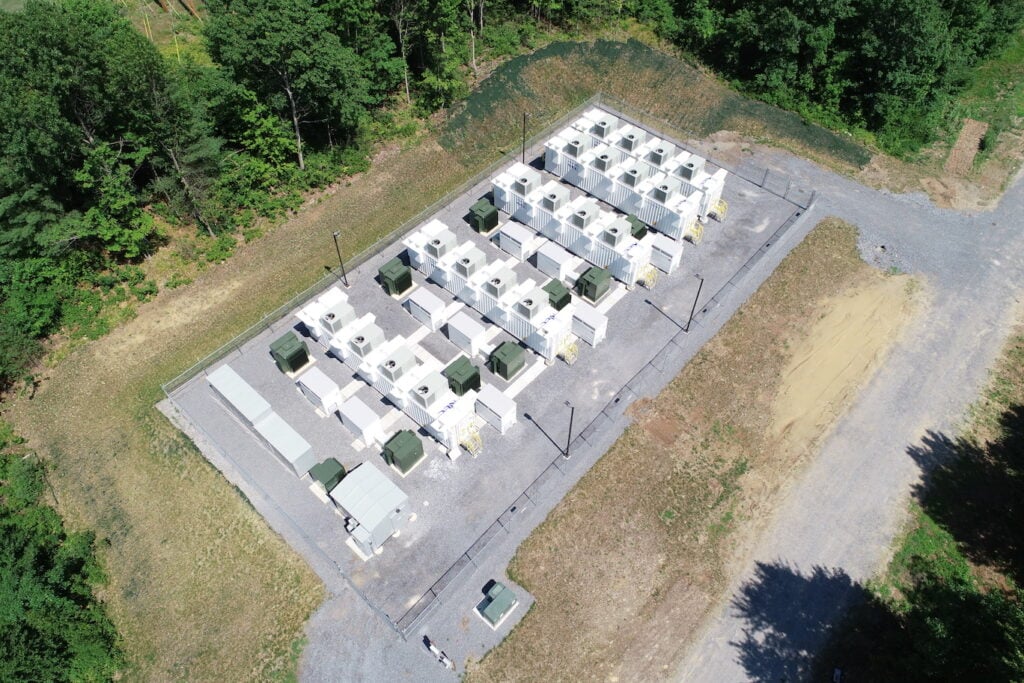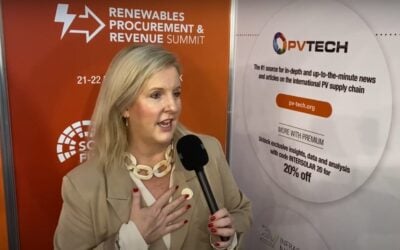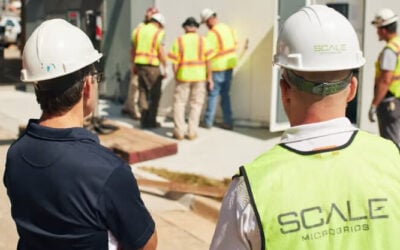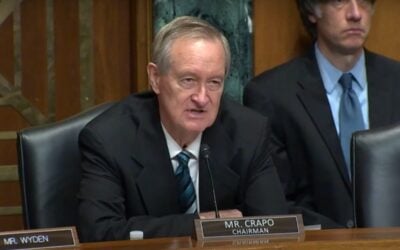
Energy storage plays an important role in more than just the electricity sector in a plan for the “deep decarbonisation” of New York State approved this week.
The New York Climate Action Council, brought together by the state to help oversee implementation of the Climate Leadership and Community Protection Act legislation.
Enjoy 12 months of exclusive analysis
- Regular insight and analysis of the industry’s biggest developments
- In-depth interviews with the industry’s leading figures
- Annual digital subscription to the PV Tech Power journal
- Discounts on Solar Media’s portfolio of events, in-person and virtual
The Act, introduced by former Governor Andrew Cuomo in 2019, requires 70% of New York’s electricity to come from renewable sources by 2030 and zero-emissions across the electricity system by 2040.
The council announced on 19 December that its 445-page Scoping Plan had been approved and adopted, after a 19-3 vote of its members that day. It will now be submitted to present Governor Kathy Hochul and State Legislature by 1 January 2023.
The plan goes through New York’s economy sector-by-sector, offering recommendations in each. ‘Energy storage’ is mentioned in the plan 78 times. In the context of the electricity sector, renewable sources like solar PV and an incoming major buildout of offshore wind paired with energy storage is discussed as being key. The technology is then also mentioned extensively as playing an important role in electrification of transport and of buildings.
At the beginning of last year, Governor Hochul had raised the state’s energy storage deployment target, doubling it from 3,000MW by 2030 to 6,000MW.
According to the New York Department of Public Service, as of the end of 2021, 1,230MW of energy storage had been deployed, awarded, or contracted, equivalent to 82% of an interim 2025 target of 1,500MW.
However, data shows the emphasis is very much on “awarded or contracted” rather than “deployed,” with only 115.5MW of battery storage power output cumulatively installed, mostly representing distributed systems and only a couple of grid-scale projects online, mostly in rural Upstate areas.
The deployment of storage will be guided by the New York State Energy Storage Roadmap produced by the state Department of Public Services and the New York State Energy Research and Development Authority (NYSERDA). The president and CEO of the latter, Doreen Harris, is co-chair of the Climate Action Council along with NY State Dept of Environmental Conservation Commissioner Basil Seggos.
At this year’s RE+ 2022 national clean energy trade show in September, NYSERDA VP for distributed energy resources (DERs) David Sandbank gave a hint of various incentive programmes and bulk solicitations that may be launched to stimulate investment into energy storage. Sandbank also said that the Energy Storage Roadmap 2.0, the newest iteration since Hochul’s upping of the state target, would likely be ruled on by the regulatory New York Public Service Commission (PSC) by Q2 or Q3 2023.
‘Missed opportunity,’ dissenting New York Climate Action Council member says
The plan was welcomed by the New York League of Conservation voters, which tweeted its support, applauding the Council for its work. The Scoping Plan will put New York on track to be “as ambitious and aggressive as possible while not losing sight of the limits of what is practicable,” the League said.
“From offshore wind, to clean transportation, to clean buildings, today’s vote places New York firmly on the path to a clean energy future. We look forward to working with Governor Hochul, all relevant state agencies, & the Legislature to implement this plan w/ all due haste.”
Meanwhile NY-BEST, the trade group and technology R&D accelerator, congratulated the Council, noting that the plan “features a major role for energy storage across sectors”.
The plan outlines that the cost of inaction on climate and making New York more resilient and lower carbon far exceeds the cost of inaction by US$115 billion, while the net direct costs of the plan’s measures would be small, at up to 0.6% of the size of New York State’s Economy in 2030 and 1.3% by 2050, particularly with the tailwind of the Inflation Reduction Act’s Federal incentives behind it, it claimed.
However, one of the three council members to oppose the plan published a scathing criticism. Gavin Donohoe, president and CEO of the Independent Power Producers of New York trade group, said the plan did not go far enough in addressing concerns around electric system reliability as well as risks to the disruption of heat and transport infrastructure networks that will largely need replacing or upgrading.
Donohoe said the Scoping Plan did not “lay out the most cost-effective and technologically feasible path toward meeting our climate goals,” as it should.
“The State has missed opportunities to address zero emissions technologies needed to keep the lights on. We may achieve our 2030 goals, if absolutely everything goes as anticipated by the Plan. Getting from 2030 to 2040 is going to need magic, since the pathway and timetable for identifying and developing zero emission dispatchable resources, so that they are operating by 2040, is missing,” Donohoe said.
The Scoping Plan can be seen here.
More to follow…
Energy-Storage.news’ publisher Solar Media will host the 5th Energy Storage Summit USA, 28-29 March 2023 in Austin, Texas. Featuring a packed programme of panels, presentations and fireside chats from industry leaders focusing on accelerating the market for energy storage across the country. For more information, go to the website.






